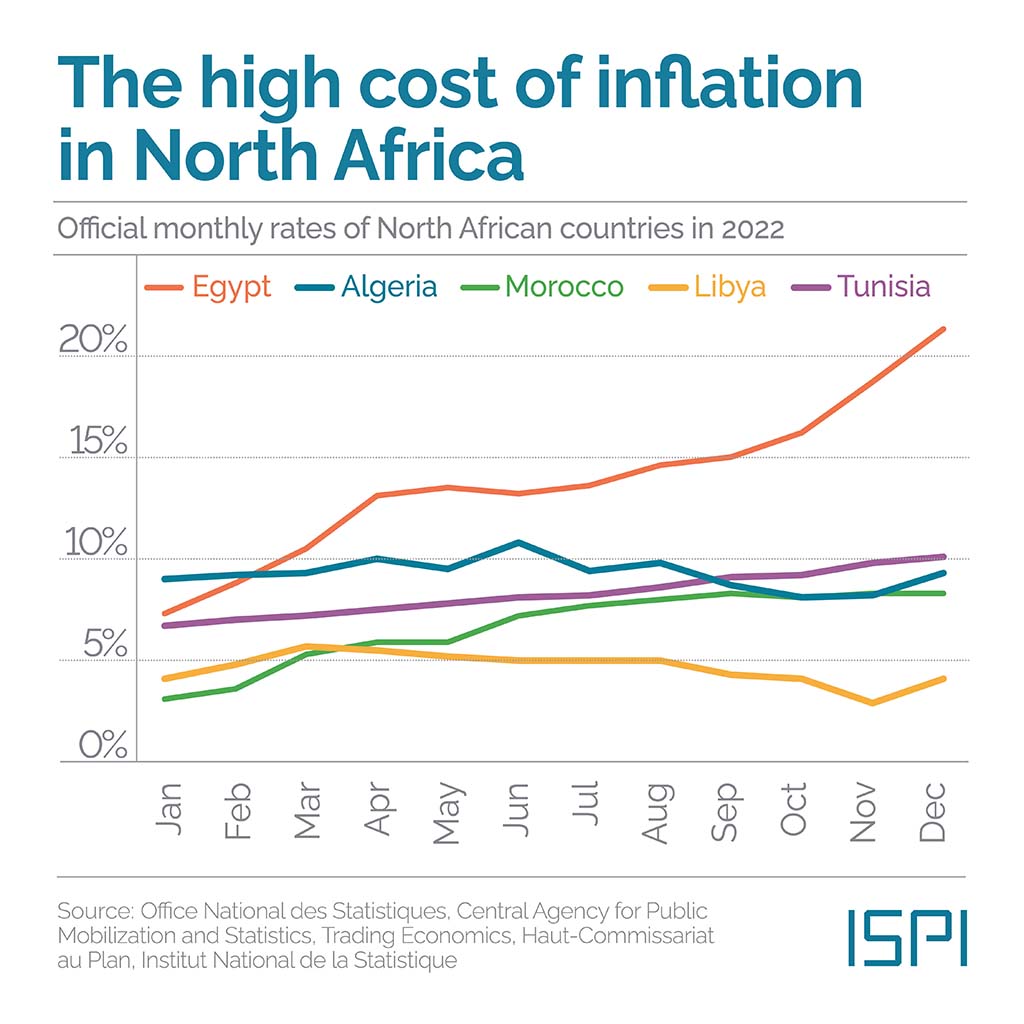Report on Migration Trends in Kazakhstan with Emphasis on Sustainable Development Goals (SDGs)
Overview of Migration Trends
Kazakhstan has experienced a significant decline in emigration, reaching the lowest levels in decades, according to data released by the Bureau of National Statistics on June 24, 2025. This trend aligns with several Sustainable Development Goals (SDGs), including SDG 8 (Decent Work and Economic Growth), SDG 10 (Reduced Inequalities), and SDG 11 (Sustainable Cities and Communities).
Key Migration Statistics (January–April 2025)
- Outbound migration for permanent residence abroad dropped to 1,700 people, 2.8 times fewer than 4,800 in the same period of 2024.
- Immigration to Kazakhstan also decreased, with 8,100 arrivals compared to 9,900 in the previous year.
- Despite the decrease in immigration, the migration balance has remained positive since February 2024, indicating more people entering than leaving the country.
Long-Term Migration Patterns
- Outward migration has steadily declined over the past 25 years, from 155,700 emigrants in 2000 to 12,700 in 2024.
- Temporary increases occurred during 2006-2008 and 2017-2019, but the overall trend is downward.
- In 2023, Kazakhstan’s net migration balance turned positive for the first time in years, reaching 16,600.
Regional Distribution of Emigration
The northern and eastern regions of Kazakhstan continue to have the highest shares of emigrants. The regions of Kostanay, Pavlodar, Abai, North Kazakhstan, and East Kazakhstan accounted for 47.9% of all outbound migration in 2024.
Factors Contributing to Migration Trends
Experts attribute the decline in emigration to several long-term factors, which support SDG 8 and SDG 10:
- Economic growth and sustained labor demand in Kazakhstan.
- Reduction in large-scale ethnic migration.
- Population growth in neighboring Central Asian countries, which are sources of incoming migrants.
A United Nations Population Fund (UNFPA) report titled We, Kazakhstan projected these trends, highlighting the interplay between economic development and migration patterns.
Destination Countries and Migration Flows
- Russia remains the primary destination for Kazakh emigrants, but outflows have significantly decreased by 75.5% in the first quarter of 2025 compared to the previous year.
- Germany, the second most popular destination, also experienced a sharp decline in Kazakh emigrants by 67.9%.
Public Opinion on Emigration
According to the Bureau of Public Opinion Express Monitoring’s Demoscope survey conducted in late 2024:
- 78.5% of 1,100 respondents nationwide reported no plans to emigrate.
- 6.9% planned to emigrate, while 5.6% wanted to but lacked the means.
- 8.4% were undecided about emigration.
Motivations for Considering Emigration
Among respondents considering emigration, the primary reasons included:
- Higher potential income (24.5%)
- Better job opportunities (14%)
- Concerns about lack of prospects for themselves or their children in Kazakhstan (23.9%)
- Education abroad (11.7%)
- Family reunification (2.6%)
- Returning to ancestral homelands (0.6%)
Implications for Sustainable Development Goals
- SDG 8 (Decent Work and Economic Growth): The decline in emigration reflects improved economic conditions and labor market opportunities within Kazakhstan.
- SDG 10 (Reduced Inequalities): Positive migration balance and regional development efforts contribute to reducing inequalities across regions.
- SDG 11 (Sustainable Cities and Communities): Stabilizing population dynamics supports sustainable urban and regional development.
- SDG 17 (Partnerships for the Goals): Collaboration with international organizations such as UNFPA enhances data-driven policy making.
1. Sustainable Development Goals (SDGs) Addressed or Connected to the Issues Highlighted in the Article
- SDG 8: Decent Work and Economic Growth
- The article discusses Kazakhstan’s growing economy and sustained demand for labor, which are directly related to promoting sustained, inclusive, and sustainable economic growth and productive employment.
- SDG 10: Reduced Inequalities
- The migration trends, including emigration decline and immigration patterns, relate to reducing inequalities within and among countries, particularly in terms of economic opportunities and social inclusion.
- SDG 11: Sustainable Cities and Communities
- Population movements and migration balance affect urban and regional development, impacting sustainable communities.
- SDG 17: Partnerships for the Goals
- The article references the United Nations Population Fund (UNFPA) report, indicating international cooperation and data sharing to monitor demographic trends.
2. Specific Targets Under Those SDGs Identified Based on the Article’s Content
- SDG 8 Targets
- Target 8.5: Achieve full and productive employment and decent work for all women and men.
- Target 8.3: Promote development-oriented policies that support productive activities and decent job creation.
- SDG 10 Targets
- Target 10.7: Facilitate orderly, safe, and responsible migration and mobility of people.
- Target 10.2: Empower and promote the social, economic and political inclusion of all.
- SDG 11 Targets
- Target 11.3: Enhance inclusive and sustainable urbanization and capacity for participatory, integrated planning.
- SDG 17 Targets
- Target 17.18: Enhance capacity-building support to developing countries to increase availability of high-quality, timely and reliable data.
3. Indicators Mentioned or Implied in the Article to Measure Progress Towards the Identified Targets
- Migration Statistics
- Number of people emigrating from Kazakhstan (e.g., 1,700 people left in first four months of 2025).
- Number of immigrants arriving in Kazakhstan (e.g., 8,100 arrivals in first four months of 2025).
- Net migration balance (e.g., positive since February 2024, reaching 16,600 in 2023).
- Regional distribution of emigrants (e.g., 47.9% from northern and eastern regions).
- Public Opinion Data
- Percentage of population considering emigration (e.g., 6.9% planning to emigrate, 78.5% not planning to emigrate).
- Reasons for emigration such as income potential, job opportunities, and prospects for children.
- Economic Indicators
- Indicators related to labor demand and economic growth implied by the decline in emigration and sustained labor demand.
4. Table: SDGs, Targets and Indicators
| SDGs | Targets | Indicators |
|---|---|---|
| SDG 8: Decent Work and Economic Growth |
|
|
| SDG 10: Reduced Inequalities |
|
|
| SDG 11: Sustainable Cities and Communities |
|
|
| SDG 17: Partnerships for the Goals |
|
|
Source: astanatimes.com







